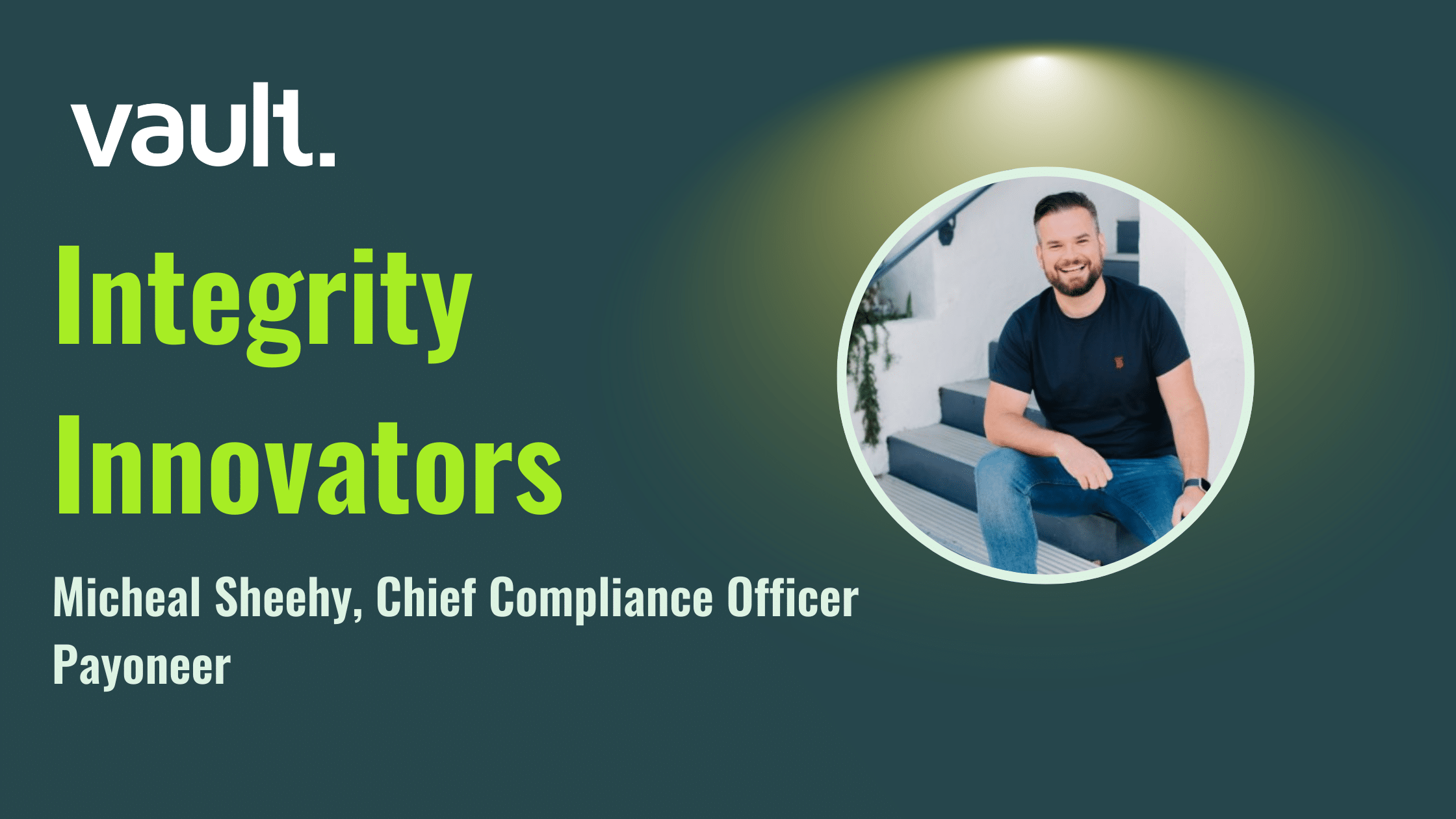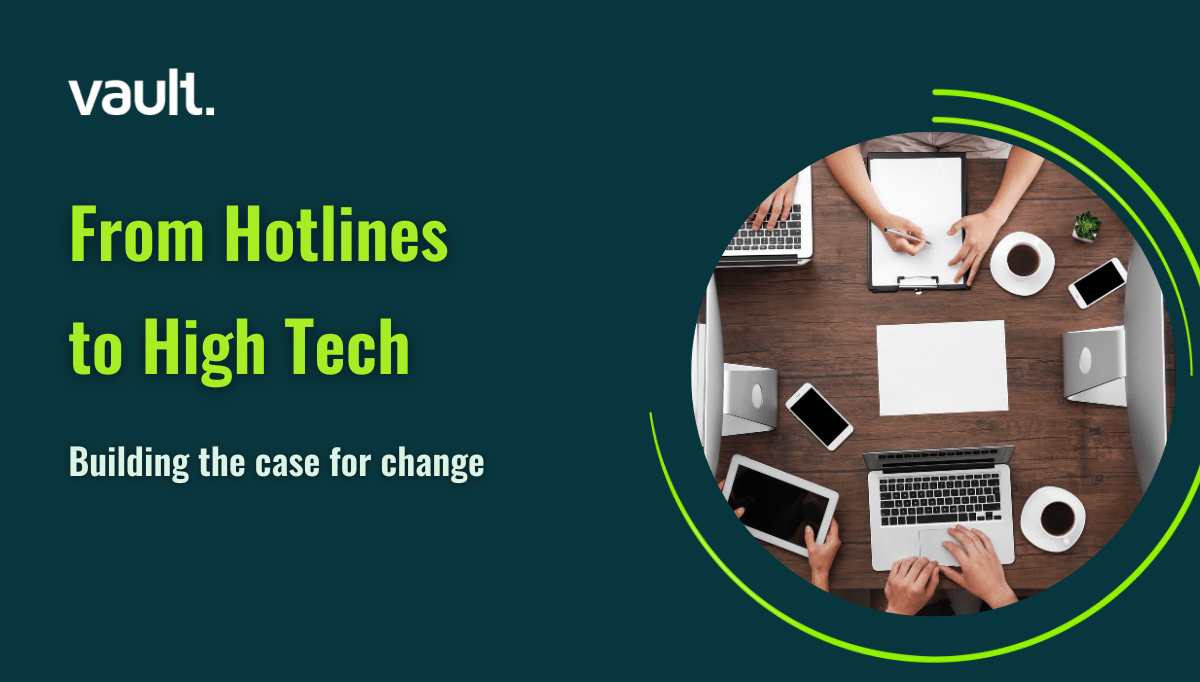It’s been known for some time that the #metoo and #timesup movements would have lasting implications for workplace culture. Two years since #metoo first came to virality, the movements have become a symbolic turning point, providing much-needed impetus to employees vis-a-vis reporting instances of interpersonal misconduct.
“It’s a perfect test case of what happens when a culture begins to shift,” said Deborah Tuerkheimer, a law professor at Northwestern.
This final verdict seals the deal and offers political hope for millions globally who feared those at the top would always evade consequences. So what does this mean for organizations and workplace culture going forwards?
- A profound shift in culture surrounding sexual harassment in the workplace – raising consciousness and increasing vigilence surrounding what is acceptable in the workplace.
- Workplace activism in the mainstream – and Speak Up as the default response to personal issues such as sexual harassment, bullying at work, and discrimination in the workplace.
- Sexual harassment in the workplace does not follow a neat script – power dynamics within workplaces and how they relate to subjective experiences of sexual harassment have been brought to light throughout the case. This illustrates the need to listen to and recognise individual experiences when it comes to sensitive issues.
- Going together – collective testimony propelled the Weinstein case forwards at a time when lead prosecutor Joan Illuzzi lacked sufficient evidence (despite 90 women accusing Weinstein of sexual misconduct, the 6 women who testified were responsible for the ultimate result). The collective power of women’s voices highlights the potency of collective power in driving change today.
- NDAs – workplaces will now be held to a higher standard when it comes to how non-disclosure agreements are used.
The outcome of the Weinstein case moves us into a new era of employee empowerment and a higher level of openness and scrutiny when it comes to sensitive issues beyond just sexual harassment, encompassing all forms of discrimination, bullying and harassment in the workplace.
The #MeToo movement has created a new reality for organizational culture and raised the bar for what is acceptable. This pivotal time combines both an increased willingness to voice concerns and a multiplying number of channels through which to do it.
How will you protect your employees and organization in the post #MeToo era?




